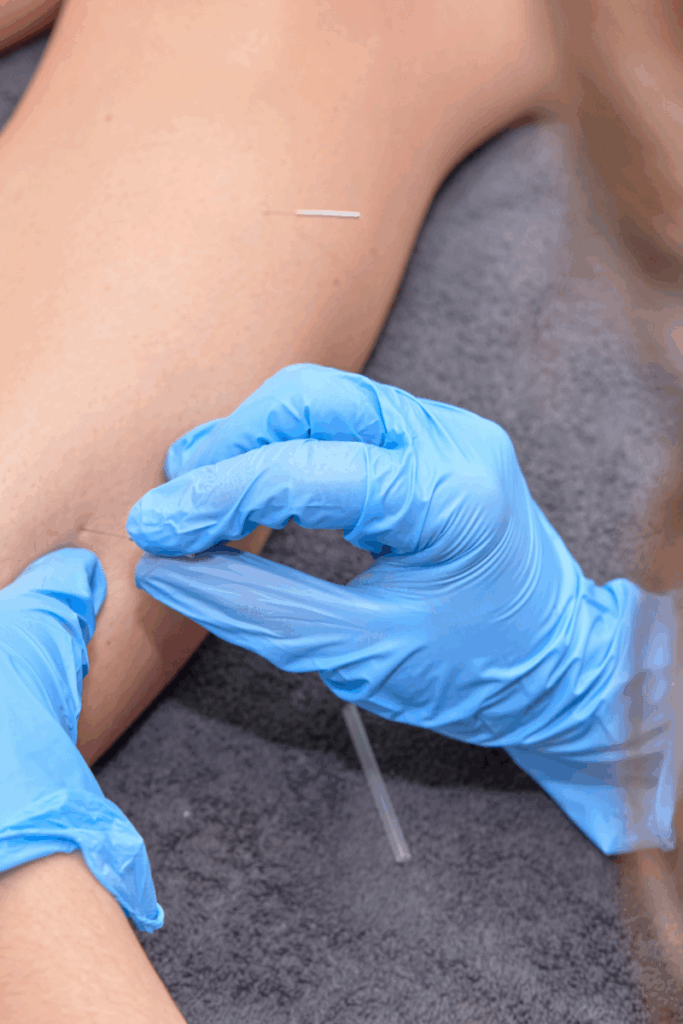Feel Better, Faster: Dry Needling in Southern Maine
Posted by: Reform Physical Therapy in Sport Tips on May 24, 2023


At Reform Physical Therapy, we offer dry needling in Southern Maine to help you heal faster, move better, and feel stronger. This proven technique targets tight, painful muscles—called trigger points—using thin, sterile needles. By triggering your body’s natural healing response, dry needling reduces pain, restores function, and helps you get back to the activities you love.
What Dry Needling Does
When you’re dealing with muscle pain, stiffness, or inflammation, your body can take weeks—or even months—to bounce back. Dry needling speeds up that process. The needle triggers a tiny response in the muscle (known as micro-trauma), which tells your body it’s time to heal.
Instead of waiting it out, you take action—reducing pain, releasing tightness, and restoring mobility more quickly.
Conditions Dry Needling Can Treat
Whether you’re a runner, a weekend warrior, or someone who sits at a desk all day, dry needling can make a big difference in how your body feels and moves. It helps relieve:
- Chronic muscle pain or tightness
- Headaches and neck tension
- Plantar fasciitis and foot pain
- Elbow, wrist, or forearm pain
- Knee stiffness or inflammation
- Hamstring pain and shin splints
We often combine dry needling with other treatments for even better results.
Dry Needling vs. Acupuncture: What’s the Difference?
It’s a common question—and the answer is important.
Dry needling focuses on muscle function. We use it to release trigger points and activate your body’s healing process. It’s rooted in modern physical therapy and western medicine.
Acupuncture, on the other hand, follows traditional Chinese medicine. It aims to balance energy (or “Qi”) by targeting meridian lines in the body. While both use needles, their methods and goals are completely different.
What Is a Trigger Point?
Trigger points are those frustrating, knot-like areas in your muscles that just won’t relax. They’re tender, often painful, and can even cause discomfort in other parts of your body.
By using dry needling, we release those trigger points, break the cycle of pain, and help restore normal muscle function.
Why Is It Called “Dry” Needling?
Because the needle is exactly that—dry. It doesn’t inject anything into your body. There’s no medication, no fluid—just a clean, sterile needle doing the job naturally.
Is Dry Needling Right for You?
If you’re tired of waiting for your body to catch up, it might be time to try something new. Dry needling in Southern Maine could be the missing piece in your recovery plan.
Let’s find out together. Reach out to the team at Reform Physical Therapy, and we’ll connect you with a physical therapist who can walk you through your options and decide if dry needling fits your goals.
